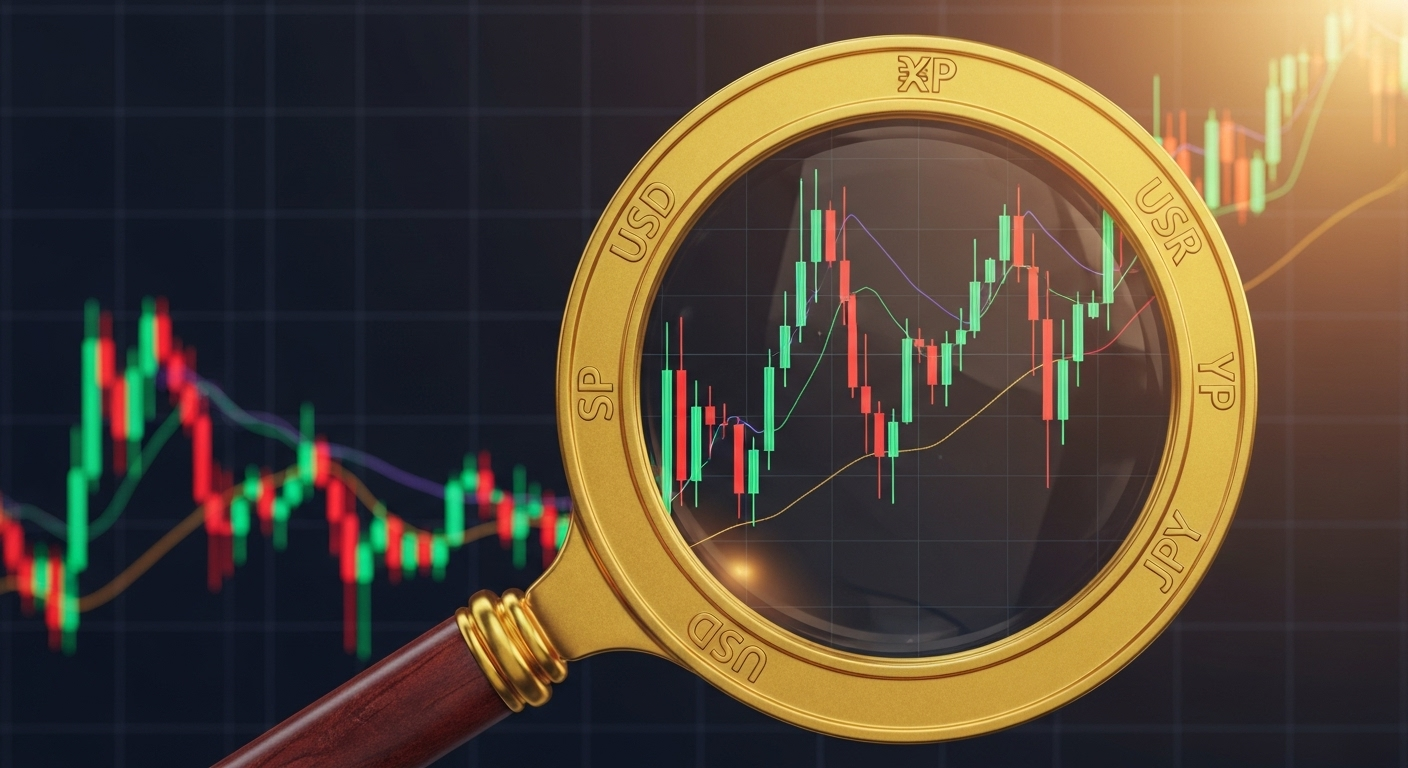Ready to amplify your trading power? Margin trading lets you control larger positions with less capital, potentially leading to significant gains. However, understanding the mechanics and risks is vital. This guide walks you through everything you need to know to unlock the potential of margin trading while mitigating downsides.
Whether you’re experienced or just starting, mastering margin trading can provide a competitive edge. We’ll cover key concepts, risk management, and advanced techniques to help you make informed decisions and maximize returns. Let’s dive in!
Jump To Section:
- What is Margin Trading?
- Benefits of Margin Trading
- Understanding the Risks
- Calculating Margin Requirements
- Effective Risk Management Strategies
- Choosing the Right Account
- Advanced Techniques
- Conclusion
What is Margin Trading?
Margin trading involves borrowing funds from your broker to increase your trading position. Instead of using only your own capital, you leverage borrowed capital, allowing you to control a larger asset value. The initial capital you provide is the margin, which acts as collateral for the loan.
Here’s an example: Suppose you want to trade $10,000 worth of a currency pair, but you only have $1,000. With a 10% margin, you can borrow the remaining $9,000 from your broker, controlling the $10,000 position. Profits (or losses) are calculated based on the entire $10,000, not just your initial $1,000.
Benefits of Margin Trading
Margin trading offers several potential benefits, especially in forex:
- Increased Profit Potential: By controlling larger positions, you can potentially generate higher profits from relatively small price movements.
- Capital Efficiency: You don’t need to tie up large amounts of capital to participate in significant trades.
- Diversification Opportunities: Margin trading frees up capital that can be used to diversify your portfolio.
- 24/5 Trading: The forex market operates 24/5, providing ample opportunities to utilize margin trading strategies.
Understanding the Risks
While the potential rewards of margin trading are enticing, it’s crucial to acknowledge the inherent risks. The primary risk is amplified losses. Because you’re trading with borrowed funds, losses are calculated on the total position size, not just your margin. This means losses can quickly exceed your initial investment, leading to financial setbacks.
Another risk is the margin call. If your position moves against you, and your account equity falls below a certain level (determined by your broker), you may receive a margin call. This requires you to deposit additional funds to maintain your position. Failure to meet a margin call can result in your position being automatically liquidated, potentially at a significant loss.
Calculating Margin Requirements
Understanding how margin requirements are calculated is essential for effective margin trading. Margin requirements are typically expressed as a percentage of the total trade value. For example, a 2% margin requirement means you need to deposit 2% of the total trade value as margin.
The formula for calculating margin requirement is:
- Margin Requirement = (Trade Size) / (Leverage)
For instance, if you want to trade $100,000 worth of a currency pair with 50:1 leverage, the margin requirement would be $2,000 ($100,000 / 50).
Effective Risk Management Strategies
Due to the inherent risks of margin trading, implementing robust risk management is paramount. Here are some key strategies:
- Stop-Loss Orders: Always use stop-loss orders to limit potential losses. A stop-loss order automatically closes your position when the price reaches a predetermined level.
- Position Sizing: Carefully determine the appropriate position size based on your risk tolerance and account balance. Avoid risking too much capital on a single trade.
- Leverage Ratio: Use leverage judiciously. While higher leverage can amplify profits, it also magnifies losses. Start with lower leverage and gradually increase as you gain experience.
- Monitor Your Positions: Regularly monitor your open positions and account equity to ensure you’re within acceptable risk parameters.
Choosing the Right Account
Selecting the right margin trading account is crucial for your success. Consider the following factors:
- Regulation: Ensure the broker is regulated by a reputable financial authority.
- Leverage Offered: Compare the leverage ratios offered by different brokers.
- Spreads and Commissions: Evaluate the spreads and commissions charged by the broker. Lower spreads and commissions can significantly impact your profitability.
- Trading Platform: Choose a broker with a user-friendly and reliable trading platform.
- Customer Support: Opt for a broker that offers responsive and helpful customer support.
Advanced Margin Trading Techniques
Once you’ve mastered the fundamentals of margin trading, you can explore more advanced techniques. These techniques may include:
- Hedging: Using margin trading to hedge existing positions to mitigate risk.
- Scalping: Executing numerous short-term trades to profit from small price movements.
- Arbitrage: Exploiting price differences between different exchanges or brokers.
It’s important to thoroughly research and understand these advanced techniques before implementing them.
Conclusion
Margin trading can be a powerful tool for unlocking potential profits in the forex market. However, it’s essential to approach it with caution and a thorough understanding of the risks involved. By implementing effective risk management, choosing the right margin trading account, and continuously educating yourself, you can increase your chances of success and achieve your financial goals. Remember, informed decisions are the cornerstone of profitable margin trading.



